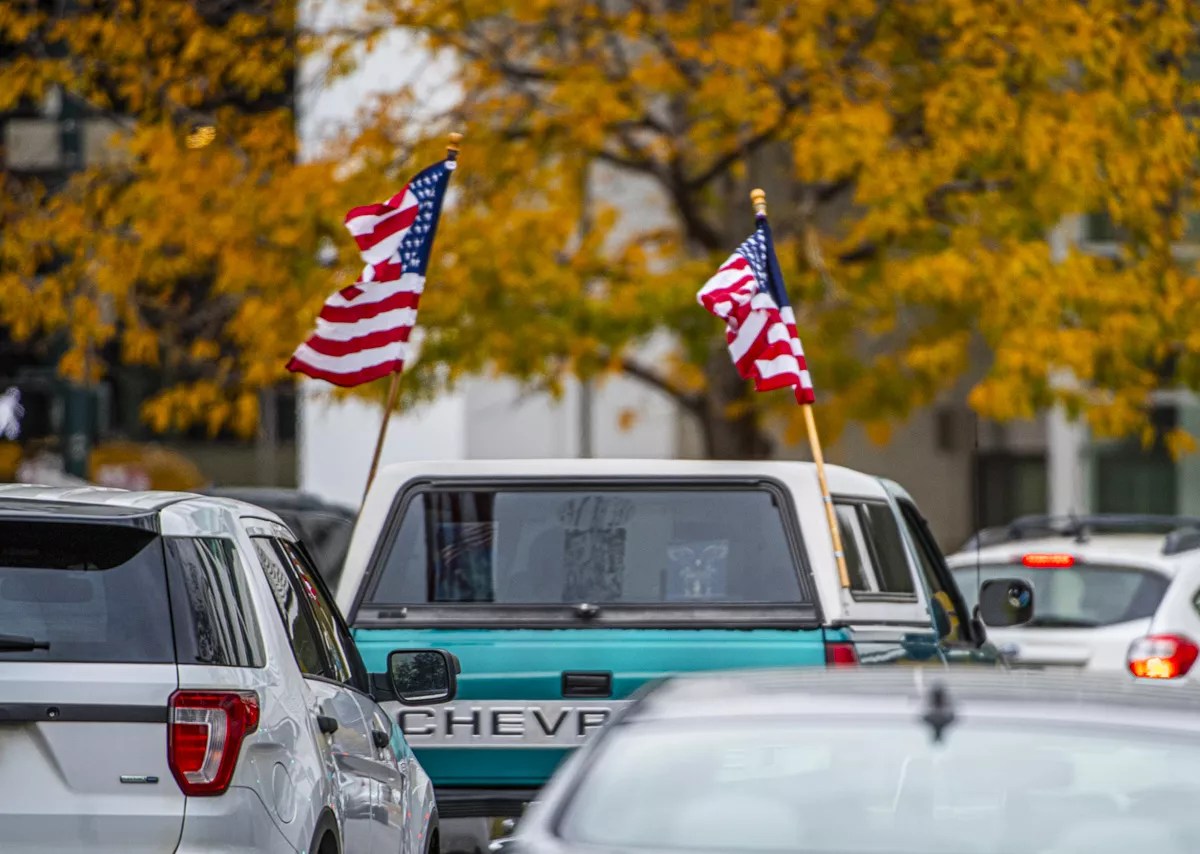
Evan Semón Photography

Audio By Carbonatix
While Denver voters didn’t get their way with the presidential pick (78.83 percent went for Kamala Harris), they had their say on ten local ballot measures.
And once again, they showed that this city’s residents remain a generous, discerning bunch, easily passing 2Q, which will support Denver Health; they also slaughtered the proposed slaughterhouse ban, saving 160 jobs (if no lambs). But they also delivered Mayor Mike Johnston a major loss, turning down his Affordable Denver proposal.
The Denver Office of Clerk and Recorder released the latest vote count at 11:30 p.m. Election Day, when it announced that the next update wouldn’t be until approximately 5 p.m. today. While the results will remain unofficial until the election is certified on November 22, the outcomes look clear.
Here’s the current status of the Denver ballot measures:
Ballot Issue 2Q: Denver Health Sales Tax
Denver Health is a clear winner in this election: The proposal to increase the city’s sales tax by 0.34 percent, with the new revenue going to the city’s health system, is currently ahead at 57.05 to 42.95 percent.
Ballot Issue 2R: Affordable Denver Half-Cent Sales Tax
This measure pushed by Mayor Johnston for a second increase to the Denver sales tax, this one 0.5 percent and pegged to affordability programs, is going down, 48.33 to 51.67 percent.
Denver, make your New Year’s Resolution Count!
We’re $10,000 away from reaching our $50,000 year-end fundraising goal. Your support could be what pushes us over the top. If our work has kept you informed and connected this year, please consider making a contribution today.
Referred Question 2S: Adding the Agency of Human Rights and Community Partnerships as a Cabinet Department
An easy win at 64.28 to 43.72 percent.
Referred Question 2T: Removing the Requirement for Police Officers and Firefighters to Be United States Citizens
Assuming the once and future president doesn’t deport them, immigrants will be able to be firefighters and police officers in Denver; this measure is currently at 51.39 percent to 48.61 percent.
Referred Question 2U: Expanding Collective Bargaining Rights to All Denver Employees
Denver employees will soon have more rights; this proposal is at 64.12 percent to 45.88 percent.
Referred Question 2V: Binding Arbitration for Firefighters Instead of an Advisory Fact-Finding Process
Firefighters will be on level ground with other Department of Safety employees; 2V is currently at 66.39 percent to 43.61 percent.

Evan Semon Photography
Referred Question 2W: Elected Official Salary Approval
Denver City Council members will no longer have to vote on their raises; they’ll be automatically scaled to cost of living increases, with a vote at 60.63 percent to 39.37 percent.
Initiated Ordinance 308: Banning Fur Products
Hold onto your hats, and your fishing flies. Fur products will not be banned in Denver, with only 42.03 percent of voters going for this proposal, while 57.97 voted it down.
Initiated Ordinance 309: Banning Slaughterhouses
The most controversial measure on the Denver ballot – which would have banned the city’s sole slaughterhouse – is getting slaughtered, with a current count of 35.44 percent to 64.56 percent.
Ballot Issue 4A: $975 Million Denver Public Schools Bond
Denver Public Schools looks like a winner, with the school bond proposal winning a hefty 73.94 percent of the vote.
Ballot Issue 7A: Extending RTD TABOR Exemption
RTD is also winning in Denver, at 78.49 percent to 21.51 percent. But there are other counties to be counted.
Ballot Issue 6A: Downtown Development Authority Expansion
Only a few thousand people got to vote on this, but they gave Mayor Mike Johnston a win, voting to allow the Downtown Development Authority to be expanded in both years and distance, 81.04 to 18.96 percent.